The invasion of Normandy took place on June 6, 1944, when United States, Canada, France and Britain landed at five beaches in Normandy. It was the biggest amphibious invasion in history and it was launched by the western Allies during World War II. The historic day became known as D-Day. Take a look below for 30 more interesting and fascinating facts about the invasion of Normandy.
1. The invasion began at night, with air attacks, troops arriving by parachute and gliders, and navy bombardments, followed by the landings in the morning of 5 of Normandy’s beaches. The beaches were given the codenames Juno, Gold, Omaha, Utah and Sword.
2. The invasion was instrumental for the Western Allies to gain a strong foothold and to get Germany’s surrender only a few months later.
3. There were roughly 3,200 reconnaissance missions before D-Day took place, to take picture of various locations and German strongholds.
4. The Allies implemented a deception called Operation Fortitude to mislead the Nazis about the time and place of D-Day.
5. There were leaks of the upcoming invasion, but the details weren’t exact enough to give the Nazis any information on what would happen.
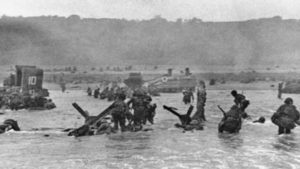
6. The initial invasion on D-Day had about 156,000 troops that stormed the beaches of Normandy.
7. Germany had 55 divisions in France and it was important to attack with the element of surprise since the Allies could only bring 8 divisions to Normany’s shores on the morning of D-Day.
8. Prior to the invasion, the air support operations flew 14,000 missions in an effort to weaken the German forces who built strongholds along the beaches. Between April 1 and June 5, 1944, the losses to air forces included 12,000 airmen and 2,000 airplanes.
9. On D-Day, 127 more airplanes were destroyed. At the end of the Normandy invasion, an additional 28,000 pilots and airmen had died.
10. Due to D-Day’s secrecy and decoy measures, it took Germany’s 2nd Waffen SS Division forces 2 weeks, instead of 2 days, to reach the front. Spies and French Resistance also helped to delay German forces.
11. At 11PM on June 5, about 24,000 troops were dropped behind German enemy line to allow the Allies to secure strategic roads and bridges. Dummy paratroopers were dropped in strategic locations to fool the Germans as well.
12. At 3AM on June 6, Allied bombers began to attack the Germans, dropping about 7 million pounds of explosives that day.
13. The Allied naval forces included 7 battleships, 43 destroyers and 18 cruisers, all of which began to attack at 5AM.
14. At 6:31AM, United States troops began to go ashore, followed closely by the British and Canadian forces. The D-Day invasion of Normandy resulted in fewer casualties than expected, with Allied deaths totaling 4,572 and German deaths totaling about 9,000.
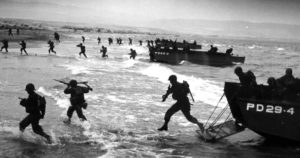
15. The invasion code names given to the 5 beaches that the Allied forces took during the invasion are still used on maps and signs to this day. There are also several war cemeteries in Normandy where Allied and German forces are buried.
16. Planning for Operation Overlord began in 1943 with Dwight D. Eisenhower made supreme commander. British general Bernard Montgomery, hero of the Eighth Army in North Africa, was put in charge of the ground troops.
17. In the summer of 1943, an early copy of the plans blew out of a window in Norfolk House, London. A man passing by handed them in, saying that his sight was too bad to read them.
18. The beach landings in Normandy were chosen instead of the Pas-de-Calais because the defences were a lot lighter and advancing troops would have fewer rivers and canals to cross.
19. The “D” in D-Day actually stood for Day and was just used to preserve secrecy.
20. On April 28, 1944, off Slapton sands in Devon, 946 American serviceman were killed when German torpedo boats sank a convoy of ships involved in a D-Day dress rehearsal.
21. Spanish born double agent Garbo plied the Germans with misinformation that led them to believe that the Normandy landings were just a ruse.
22. In May, 1944, crucial codewords for D-Day began appearing in Daily Telegraph crosswords. However, an MI5 investigation failed to find any evidence of foul play.
23. High command thought that a successful landing would cost about 10,000 lives and 30,000 wounded, which is why 30,000 stretchers and 60,000 blankets were issued.
24. Terence Otway, whose unit was tasked with taking the vital Merville battery, decided to test the security among his men. He sent 30 members of the Women’s Auxiliary Air Force to local pubs to see if any of his men would divulge the top secret plan, but none did.
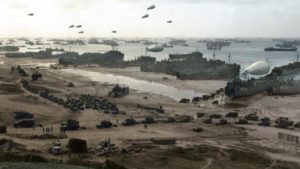
25. The night before the landings, Prime Minister Winston Churchill said to his wife, “Do you realize that by the time you wake up in the morning 20,000 men may have been killed?”
26. The first British casualty on D-Day was Lt. “Den” Brotheridge, who was shot in the neck shortly after landing in France in a glider at 00:16 AM. His unit was tasked with taking the crucial target of Pegasus Bridge, which was later achieved.
27. German defences on the Normandy beaches included concrete gun emplacements, wooden stakes, mines, anti-tank obstacles, barbed wire and booby traps. Around 50,000 German troops were ready and waiting for the landing forces.
28. Field Marshal Erwin Rommel was in charge of defending northern France from the expected Allied invasion but, on June 6, he was at home in Germany celebrating his wife’s 50th birthday having been told that the sea was too rough for a landing.
29. Nazi leader Adolf Hitler was asleep when word of the invasion came. No one dared to wake him up and many have said that vital time was lost in sending reinforcements.
30. The newly developed drug penicillin went with troops on D-Day and saved thousands of lives.

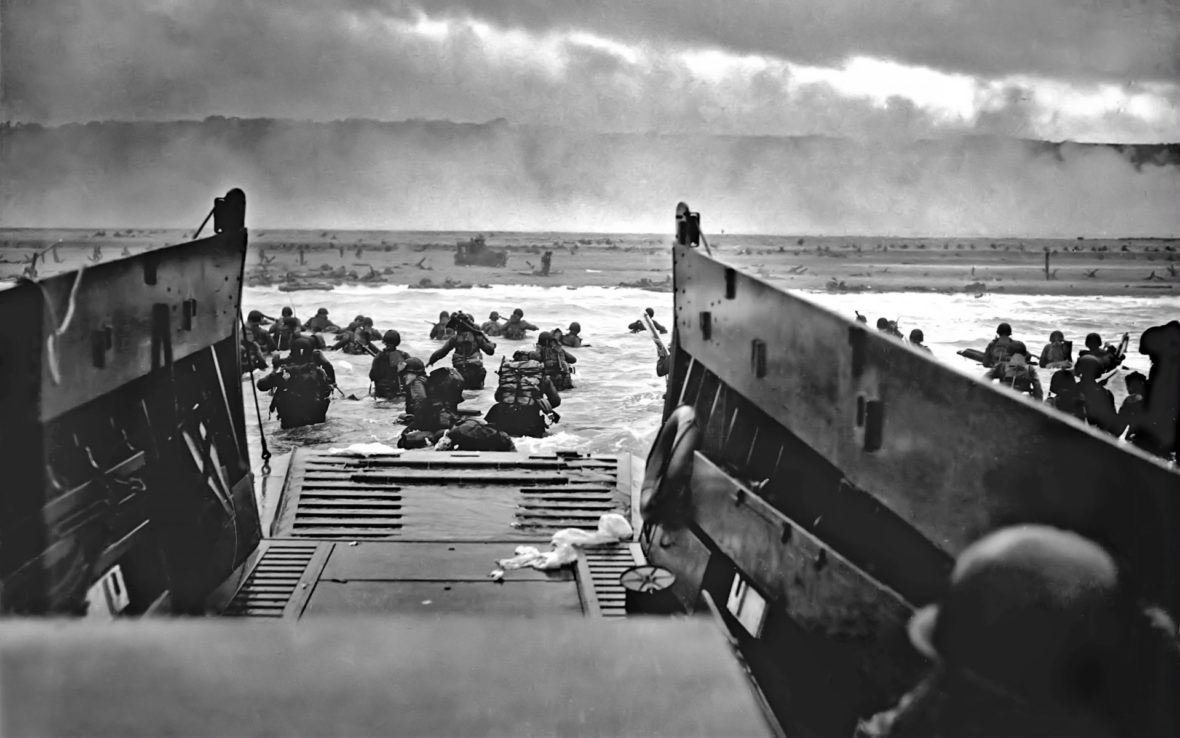

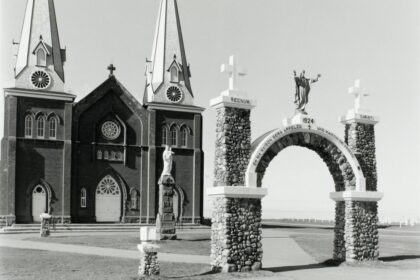

One Comment
Pingback:
March 22, 2018 at 11:56 am